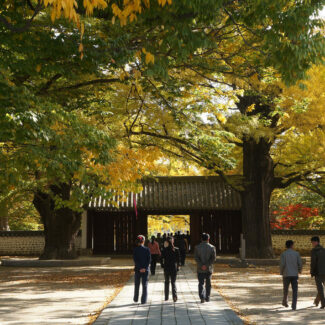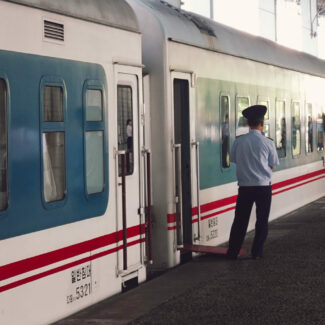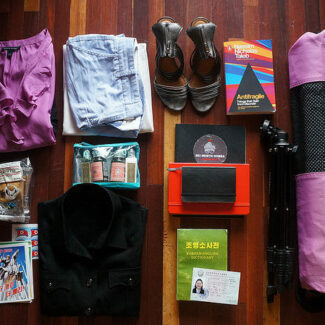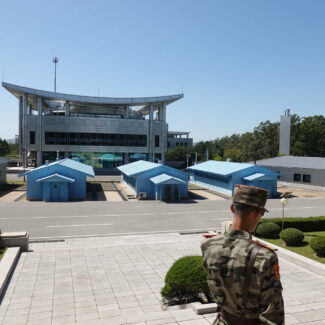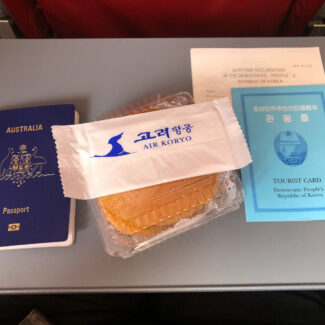Prepare for an unforgettable journey to North Korea. Often overlooked by travellers, the Democratic People’s Republic of Korea (‘DPRK)’, as it’s officially known, is a captivating destination filled with unique landmarks and architecture, unspoiled landscapes, and ancient heritage.
With a culture deeply intertwined with the legacy of the Korean War, North Korea operates on its own timeline in stark contrast to the rapid globalisation and digital revolution sweeping much of the world. While in North Korea, you’ll become immersed in a socialist society, where you’ll find friendly, welcoming people who display admirable patriotism and remarkable resilience.
For the open-minded traveler, visiting North Korea offers an opportunity to go beyond the media stereotypes and to experience this enigmatic country for themselves.
Flag
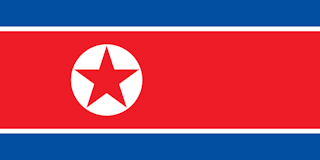
Emblem
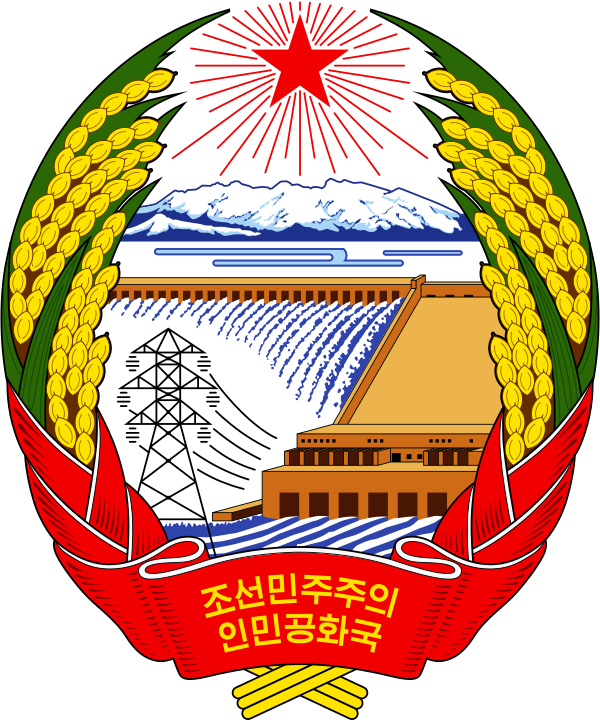
Capital
Pyongyang (Pop. 3,222,000)
Largest City
Pyongyang
Notable Cities
Hamhung (Pop. 559,056), Chongjin (Pop. 327,000)
Established
September 9, 1948
Population
26,214,249
Country Land Area
120,540 km²
Government
The DPRK is a single-party communist monarchical regime
Ethnicity
The DPRK is racially homogenous, with the Korean ethnicity being dominant.
Language
Korean
Currency
Korean Won
Timezone
GMT+9
Internet Suffix
.kp
Calling Area Code
+850


